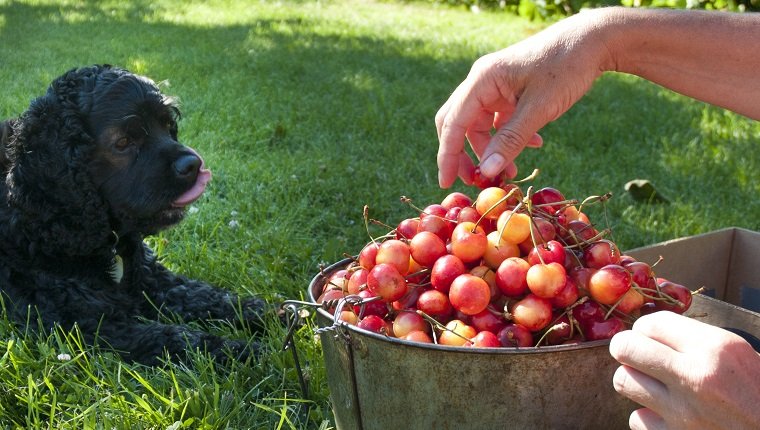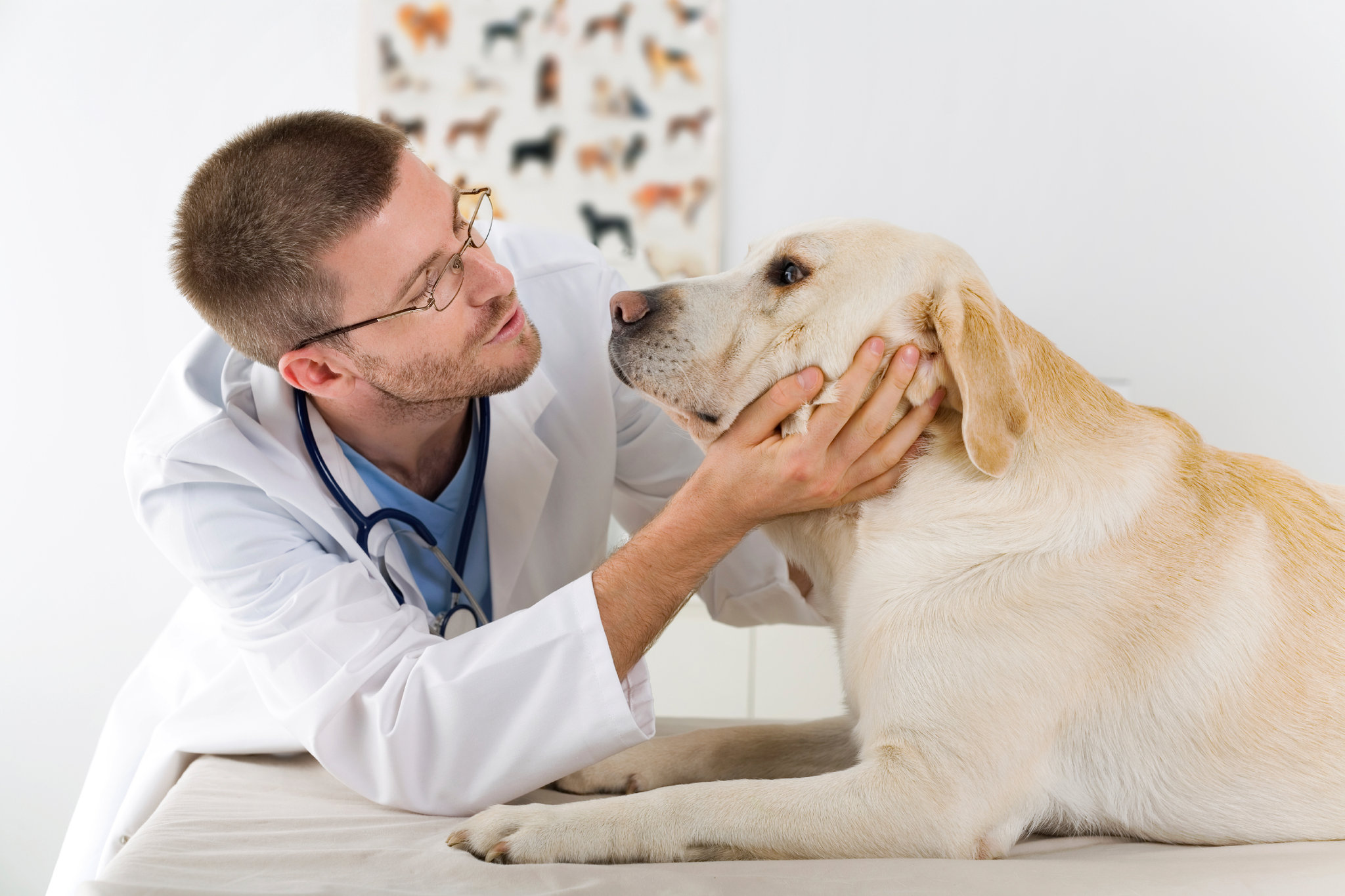Why are cherries bad for dogs?

The stems and leaves of cherries normally contain a toxic substance known as cyanide.
This causes poisoning if consumed in large quantities. This means that one or two cherries is probably not enough to do damage, but you should still be careful and not allow the dog to consume any at all.
The cherry pits are also problematic to the dog and can cause intestinal obstructions. This is, in fact, one of the most common problems when it comes to cherries and dogs. It can lead to some very nasty complications and also gastrointestinal upsets in dogs.
Are any cherries safe for dogs?

There are very many different types of cherries, and you may be wondering whether any of them are safe. In fact, most people ask about the maraschino cherries. Though they do not contain any pit and are unlikely to cause any harm to the dog, they do have too much sugar, and this is not good for your dog; so, the best thing is not to feed any of it to the dog.
Now you may think to opt for the canned fruits, but this is an even worse idea, as these contain preservatives and sugars that are completely not good for the dog.
What to do if your dog accidentally ingests too many cherries?
The first thing you need to do is calm down and relax. If he has eaten just a few like two or three or even one, this is no reason for concern.
Other than that, look out for the following symptoms:
- Colored mucous membrane – bright red.
- Abnormal heart rate.
- Bright red mucous membranes
- Hyperventilation
- Abnormal heart rate
- Seizures
- Convulsions
- Tremors
- Collapse
- in some cases even death.
These are mainly as a result of cyanide poisoning.
The hydrogen cyanide that is produced by the cherry tree is mostly for its own protection in the following ways:
- The hydrogen cyanide protects the tree from herbivores.
- The tree stores the cyanide in an inactive form, which waits to be activated by a predator.
- When the dog chews the leaf of the cherry, cyanogenic glycoside combines with a specific enzyme in order to activate it. As a result, it becomes a poisonous agent to the dog.
- Once the dog ingests it, the dog is also not able to use oxygen in order to convert it to energy, and so, it ends up asphyxiating them.
Diagnosing cherry poisoning in dogs

As seen above, cyanide poisoning can be lethal, and if it happens, it is important to get your dog to the vet immediately. It is actually treated as an emergency situation.
The vet will want to know exactly how many cherries were ingested, and when this happened, i.e. the amount of time that has passed since your dog ingested the cherries.
The vet will then do bloodwork together with a urinalysis plus a complete examination.
If the blood work shows cyanide levels that are above 3 mcg, then, in this case, the treatment will need to start with immediate effect.
If the dog shows clear clinical signs of cyanide poisoning such as tremors, convulsions, hyperventilating, bright red mucous membrane and even difficulty in breathing, the vet will need to further assess him and the situation before he begins an intense course of treatment to save his life.
Your vet will also need to do a diagnosis of the stomach fluid, which will effectively check for HCN. While they are taking a sample of the food from the stomach using the trocarisation technique, they will also need to wear protective gear and even a respirator to protect them from the cyanide gas.
That is how dangerous this gas really is.
They may also test the dog’s liver and kidneys, by taking tissue samples from them. While running all of these tests, they will need to have given the dog an antidote together with the oxygen therapy. This will include sodium nitrate and sodium thiosulfate.
Treatment of cyanide poisoning in dogs

Now, first things first. The bonding of the cyanide poisoning needs to be stopped immediately.
At this point, the induction of Fe3 into the hemoglobin is important, and also IV fluids filled with nitrates are a great start in order to manage the situation.
Inhalation of Nitrates
Sodium Nitrate and Amyl Nitrate are very effective antidotes when it comes to cyanide poisoning. In most cases, it is one of the first causes of treatment when a dog comes in with cyanide poisoning.
Detoxification
When it comes to detoxifying a dog that has been poisoned, Thiocyanate and rhodanese are extremely effective. They are normally administered through IV fluids.
Sodium Thiosulfate
This is normally given orally, and it helps in halting the production of cyanide in your dog. It is also effective in assisting cells that can convert the cyanide into something useful for the body.
Other antidotes
There are other antidotes that the vet will use to detoxify the cyanide and form other receptors for the dog.
Recovering from cyanide poisoning
If you are lucky enough to have taken your dog to the doctor in good time, then the recovery process is not too hard.
Once you get home, the vet will prescribe a treatment course that will help you take care of your dog. This will include medication and professional advice. Ensure to follow all of his instructions so your dog can recover quickly, and in case you have any doubts, take him back for further analysis.

